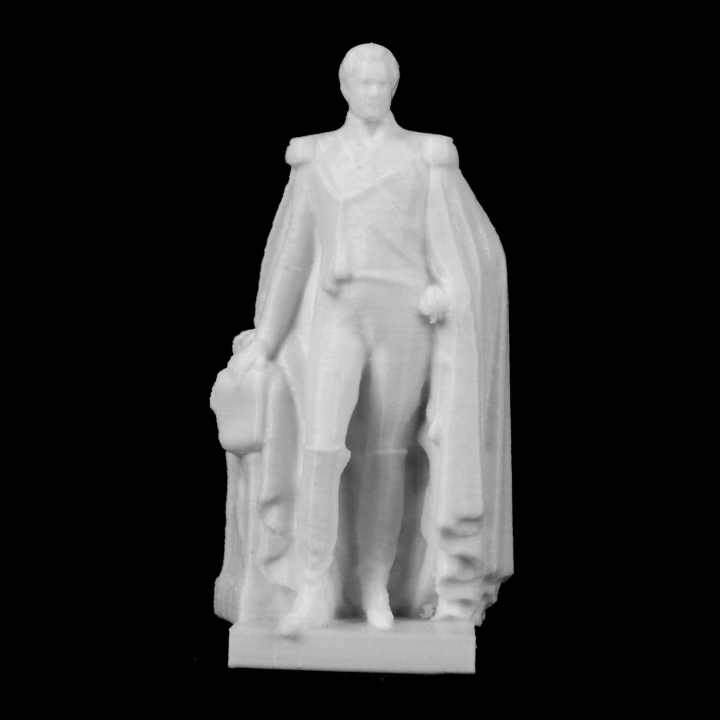
Reklama
3D tiskárny



AONN.cz
Sp┼Ö├ítelen├ę Weby
|
3D modely ARTKoning Leopold I in The Fine Arts Museum of Brussels, Belgium

Title Leopold I of Belgium Artist Guillaume Geefs Date circa 1853 Information Signature on the left hand side of the plinth, "Gme Geefs / Statutaire du Roi ; inscription on the book : CONSTITUTION / BELGE / 21 JUILLET / 1831Original dimensions : 205 x 103.5 x 80 This marble sculpture by Belgian artist Guillaime Geefs depicts Leopold I of Belgium (1790 - 1865). Leopold I was a German prince who became the first King of the Belgians following Belgian independence in 1830. He reigned between July 1831 and December 1865. He established the House of Saxe-Coburg and Gotha to which all subsequent Belgian kings have belonged. After the Greek War of Independence (1821–32), LeopoId was offered the position of King of Greece but turned it down, believing it to be too precarious. Instead, Leopold accepted the kingship of the newly-established Kingdom of Belgium in 1831. The Belgian government offered the position to Leopold because of his diplomatic connections with royal houses across Europe. In addition, because he was seen as a British-backed candidate, he was not affiliated to other powers, such as France, which were believed to have territorial ambitions in Belgium which might threaten the European balance of power created by the 1815 Congress of Vienna. Leopold was crowned in Belgium on 21 July 1831, an event commemorated annually as Belgian National Day. His reign was marked by attempts by the Dutch to recapture Belgium and, later, by internal political division between liberals and Catholics. As a Protestant, Leopold was considered liberal and encouraged economic modernisation, playing an important role in encouraging the creation of Belgium's first railway and in 1835 and subsequent industrialisation. As a result of the ambiguities in the Belgian Constitution, Leopold was able to slightly expand the monarch's powers during his reign. He also played an important role in stopping the spread of the Revolutions of 1848 into Belgium. He died in 1865 and was succeeded by his son, Leopold II. n├íhodn├Ż v├Żb─Ťr model┼»
|
©Ofrii 2012
| |||